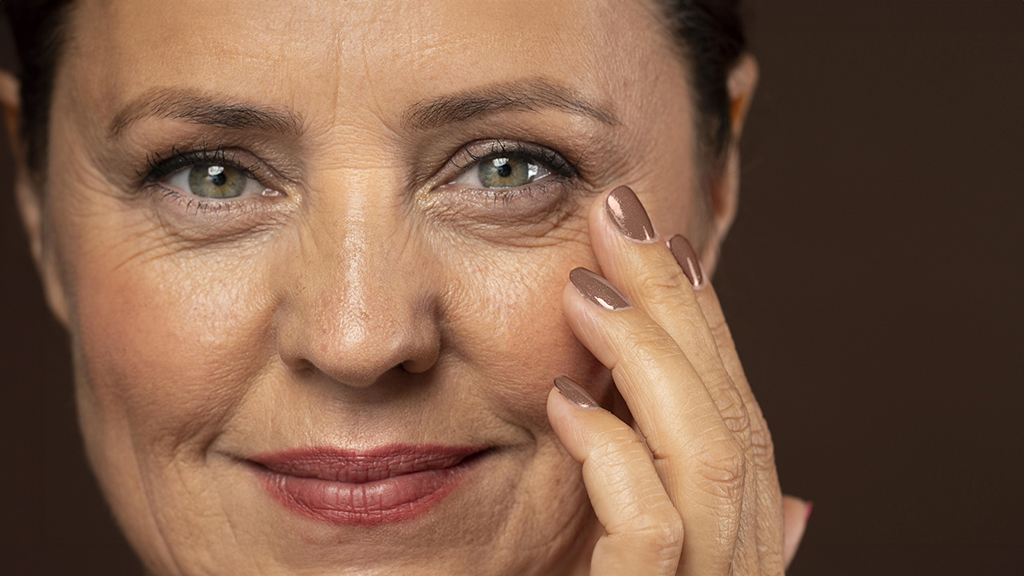Risks & Complications of Fat Grafting
Every surgical procedure involves a certain amount of risk. It is important that you understand the risks involved. An individual’s choice to undergo a surgical procedure is based on the comparison of the risk to potential benefit.
Patient selection – Individuals with poor skin tone, medical problems, obesity, or unrealistic expectations may not be candidates for liposuction.
Bleeding – It is possible, though unusual, to have a bleeding episode during or after surgery. Should post-operative bleeding occur, it may require emergency treatment to drain accumulated blood or require a blood transfusion. Do not take any aspirin or anti-inflammatory medications for seven days before surgery, as this may increase the risk of bleeding. Non-prescription “herbs” and dietary supplements can increase the risk of surgical bleeding.
Infection – An infection is quite unusual after this type of surgery. Should an infection occur, treatment including antibiotics or additional surgery may be necessary. In extremely rare instances, life-threatening infections, including toxic shock syndrome have been noted after liposuction surgery.
Skin scarring – Although good wound healing after a surgical procedure is expected, abnormal scars may occur within the skin and deeper tissues. In rare cases, abnormal scars may result. Scars may be unattractive and of a different colour than surrounding skin. It is most common in those with a family history of excessive scarring; in patients that already have such scars; and in Afro-Caribbeans. However, generally a patient’s individual tendency to such scarring cannot be diagnosed in advance. It is important to realise that the rate at which scars heal and fade varies considerably from patient to patient. Such excessive or hypertrophic scars may require treatment, but may remain permanently excessive.
Change in skin sensation – A temporary decrease in skin sensation after liposuction in the donor site may occur. This usually resolves over a period of time. Diminished (or complete loss of skin sensation) infrequently occurs and may not totally resolve.
Skin discoloration/swelling – Skin discoloration and swelling normally occurs following this procedure. In rare situations, swelling and skin discoloration may persist for long periods of time. Permanent skin discoloration is rare.
Skin contour irregularities – Contour irregularities and depressions in the skin may occur in donor site after liposuction. Visible and palpable wrinkling of skin can occur. Additional treatments including surgery may be necessary to treat skin contour irregularities following liposuction.
Asymmetry –liposuction of the donor site may result in asymmetrical appearance. Factors such a skin tone, bony prominence, and muscle tone may contribute to normal asymmetry in body features.
Seroma – Fluid accumulations infrequently occur in areas where liposuction has been performed. Additional treatments or surgery to drain accumulations of fluid may be necessary.
Long term effects – Subsequent alterations in body contour may occur as the result of aging, weight loss or gain, pregnancy, or other circumstances not related to liposuction.
Tumescent liposuction – There is the possibility that large volumes of fluid containing dilute local anaesthetic drugs and epinephrine that is injected into fatty deposits during surgery may contribute to fluid overload or systemic reaction to these medications. Additional treatment including hospitalization may be necessary.
Surgical anaesthesia – Both local and general anaesthesia involve risk. There is the possibility of complication, injury, and even death from all forms of surgical anaesthesia or sedation.
Allergic reactions – In rare cases, local allergies to tape, suture material, or topical preparations have been reported. Systemic reactions which are more serious may occur due to drugs used during surgery and prescription medicines. Allergic reactions may require additional treatment.
Skin sag – By and large this is entirely predictable pre-operatively. So long as patients with poor tone pre-operatively are informed of this likelihood, most will accept the potential limitations.
Skin elevations – These are probably a reaction to the operation itself. They are generally considered to be significantly reduced after syringe lipoplasty rather than after liposuction.
Fat Embolism – This is extremely rare after the technique termed superficial syringe liposuction, and results after relatively large amounts of fat droplets are able to get into the bloodstream, whence they are able to travel to the lungs. Here they may result in the same complications as pulmonary embolism.
Pulmonary complications – Fat embolism syndrome occurs when fat droplets are trapped in the lungs. This is a very rare and possibly fatal complication of suction-assisted lipectomy. Pulmonary complications may occur secondarily to both blood clots (pulmonary emboli) or partial collapse of the lungs after general anaesthesia. Should either of these complications occur, you may require hospitalization and additional treatment. Pulmonary emboli can be life-threatening or fatal in some circumstances.
Other – You may be disappointed with the results of surgery. Infrequently, it is necessary to perform additional surgery to improve your results.
Skin loss – Skin loss is very rare. Additional treatments including surgery may be necessary.
Delayed healing – Wound disruption or delayed wound healing is possible. Smokers have a greater risk of skin loss and wound healing complications.
Chronic pain – Chronic pain and discomfort following this procedure is very rare.
Additional Surgery Necessary
Should complications occur, additional surgery or other treatments may be necessary. Even though risks and complications occur infrequently, the risks cited are particularly associated with fat grafting. Other complications and risks can occur but are even more uncommon. The practice of medicine and surgery is not an exact science. Although good results are expected, there is no guarantee or warranty, expressed or implied, on the results that may be obtained.
Additional Advisories
Deep Venous Thrombosis, Cardiac and Pulmonary Complications: Surgery, especially longer procedures, may be associated with the formation of, or increase in, blood clots in the venous system. Pulmonary complications may occur secondarily to blood clots (pulmonary emboli), fat deposits (fat emboli) or partial collapse of the lungs after general anaesthesia. Pulmonary and fat emboli can be life threatening or fatal in some circumstances. Air travel, inactivity and other conditions may increase the incidents of blood clots travelling to the lung, causing a major blood clot that may result in death. It is important to discuss with your surgeon any past history of blood clots of swollen legs that may contribute to this condition. Cardiac complications are a risk with any surgery and anaesthesia, even in patients without symptoms. If you experience shortness of breath, chest pain or unusual heart beats, seek medical attention immediately. Should any of these complications occur, you might require hospitalisation and additional treatments.
Smoking, Second-Hand Smoke Exposure, Nicotine Products (Patch, Gum, Nasal spray): Patients who are currently smoking, use tobacco products, or nicotine products are at a greater risk for significant surgical complications of skin dying, delay in healing and additional scarring. Individuals exposed to second-hand smoke are also at potential risk for similar complications attributable to nicotine exposure. Additionally, smokers may have a significant negative response to anaesthesia and recovery from anaesthesia, with coughing and possibly increased bleeding. Individuals who are not exposed to tobacco smoke or nicotine-containing products have a significantly lower risk of this type of complication.
It is important to refrain from smoking at least six weeks before surgery and until your surgeon states it is safe to return, if desired.
Female patients’ information: It is important to inform your surgeon if you use birth control pills, oestrogen replacement, or if you believe you may be pregnant. Many medications including antibiotics may neutralize the preventive effects of birth control pills, allowing for conception and pregnancy.
Intimate Relations after Surgery: Surgery involves coagulating of blood vessels, and increased activity of any kind may open these vessels leading to a bleed or hematoma. Increased activity that increases your pulse or heart rate may cause additional bruising, swelling and the need for return to surgery and control of bleeding. It is wise to refrain from sexual activity until your surgeon states it is safe.
Medications: There are many adverse reactions that occur as the result of taking over the counter, herbal, and/or prescription medications. Be sure to check with your surgeon about any drug interactions that may exist with medication that you are already taking. If you have an adverse reaction, stop the medication immediately and contact us for further instructions. If the reaction is severe, go immediately to the nearest hospital. When taking the prescribed pain medication after surgery, realize that they can affect your thought process. Do not drive, do not operate complex equipment, do not make any important decisions and do not drink any alcohol while taking these medications. Be sure to take your prescribed medication only as directed.
For details about procedures and treatments or for a consultation, advice and prices from our Dubai clinic please call +971 4 431 2396 or use our online form.


